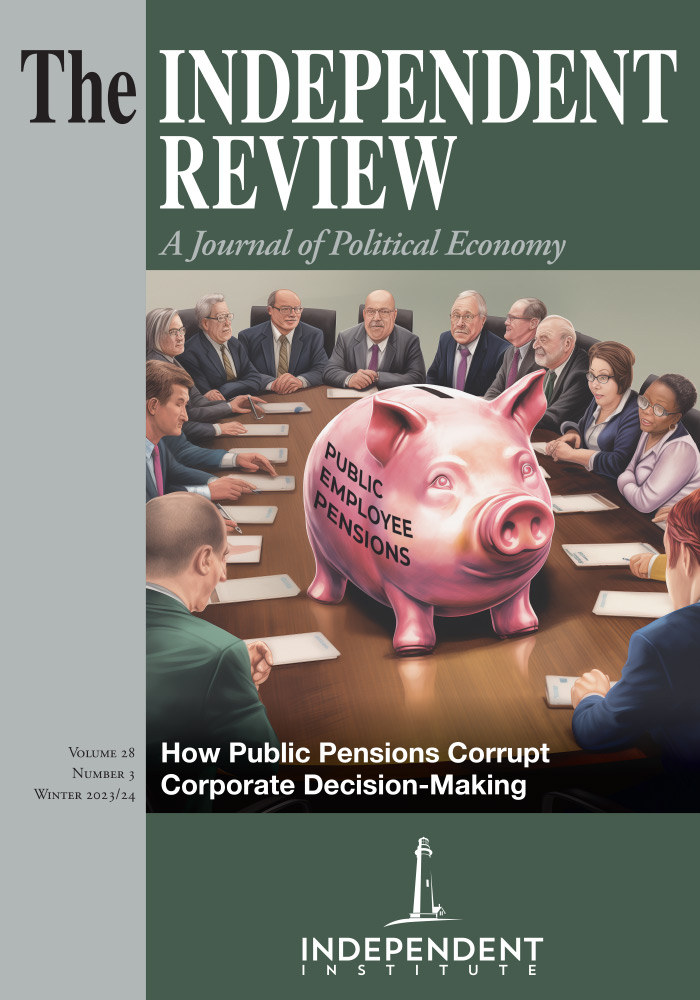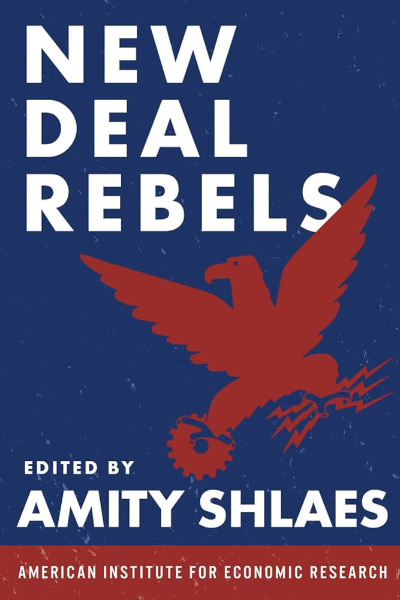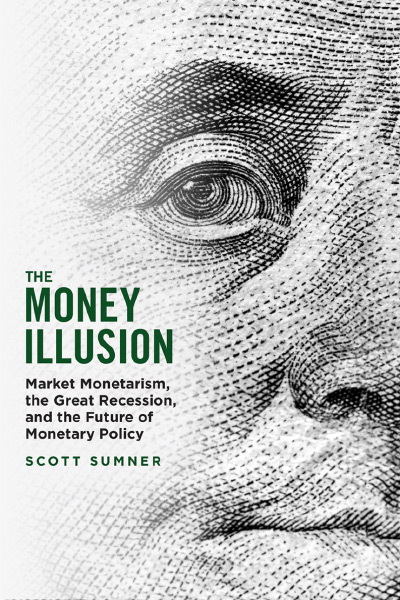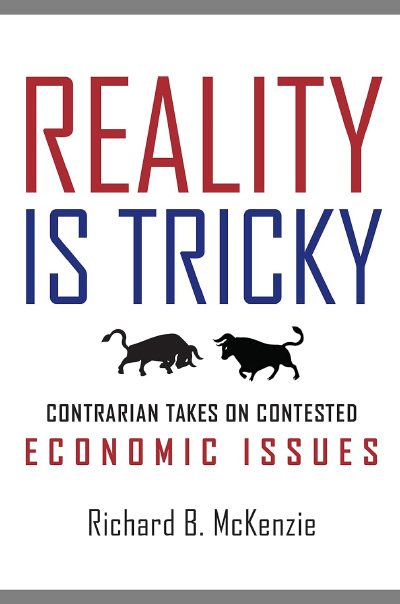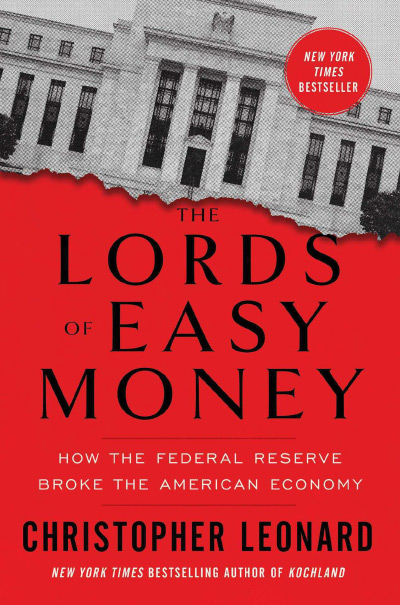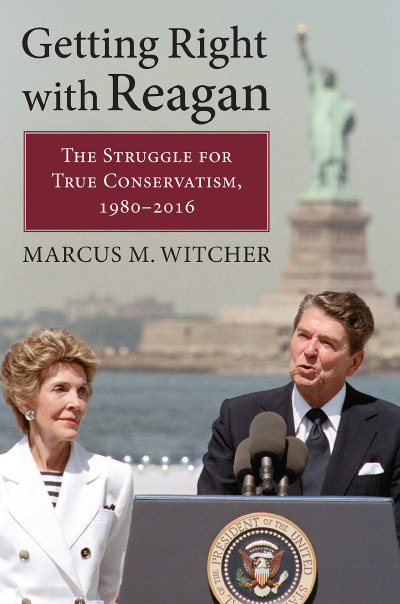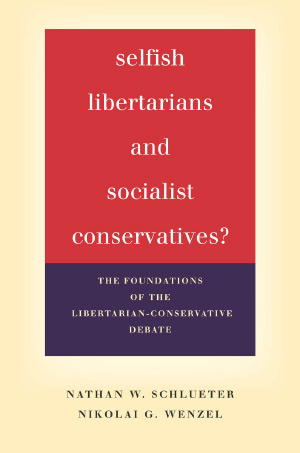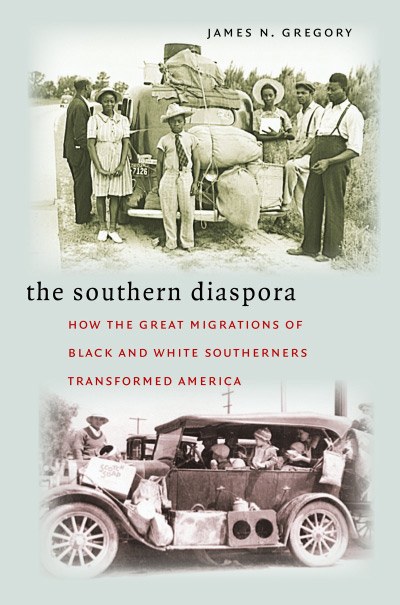Amity Shlaes’ New Deal Rebels is an anthology of individuals who denounced Franklin D. Roosevelt’s New Deal as it unfolded. By organizing these sources into a single volume, Shlaes provides abundant evidence that not all Americans embraced the expansion of government and its new role in the economy that the New Deal wrought.
Shlaes has multiple aspirations for her anthology. New Deal Rebels provides an easily accessible resource for those interested in the history of the New Deal and how it influences our current political system. The parallels between FDR and Joe Biden, who frequently invokes FDR’s legacy in comparison to his own, will not be lost on readers. The book also provides a model for political change. One of Shlaes’ contentions is that if modern Americans want to halt the expansion of government and renew faith in private markets, modern critics must learn from the failings of New Deal critics. New Deal rebels made convincing arguments, but they were not without flaws. Often, critics relied on ad hominem attacks, were racist, lacked strategy, or were too polite to be effective.
David Kennedy’s The American People in the Great Depression (1999, New York: Oxford University Press) is a conventional and generally accepted historical narrative of the Great Depression and New Deal. While Kennedy does point out the failings of many FDR policies and the influence of racism on much of the New Deal program, he nonetheless favorably describes FDR’s pragmatic efforts to alleviate the Depression. Though they have not always been appreciated, other authors such as Burton Folsom (2008, New Deal or Raw Deal? How FDR’s Economic Legacy Has Damaged America, New York: Threshold Divisions), Robert Higgs (1977, “Regime Uncertainty: Why the Great Depression Lasted So Long and Why Prosperity Resumed After the War,” The Independent Review 1, no. 4 [Spring]: 561–590), and Amity Shlaes herself (2007, The Forgotten Man: A New History of the Great Depression, New York: Harper Perennial) have challenged the dominant New Deal narrative by exposing the disastrous effects that the New Deal had on the American economy. Published this year, David Beito’s The New Deal’s War on Civil Rights: The Untold Story of FDR’s Concentration Camps, Censorship, and Mass Surveillance (2023, Oakland, Calif.: Independent Institute), though less concerned with the economics of the New Deal, exposes FDR’s frequent abuses of executive power. While it is too early to tell, the work of Shlaes, Beito, and others—if taken seriously—may seriously challenge historians’ favorable views on the thirty-second president.
New Deal Rebels contains an introduction, fifty-three primary sources organized into four parts, and an afterword. Though brief, the introduction, authored by Shlaes, provides a convincing counternarrative to the orthodox interpretation of the New Deal. Beginning with the election of Herbert Hoover in 1928, Shlaes makes the important point that Hoover’s demarcation from Calvin Coolidge, most notable in his reversal of the Harding and Coolidge tax cuts and his decision to sign the Smoot-Hawley tariff, was disastrous for the economy. Shlaes also makes the often-neglected point that FDR’s successful election in 1932 had as much to do with his promise to end prohibition as it did his proposed economic policies.
Once elected, FDR’s alphabet soup of federal policies set a precedent for increased government intervention in the economy despite failing to end the Great Depression. Indeed, though the economy showed timid signs of recovery from 1932 to 1936, the economy entered another depression in 1937 (what would be known as “the depression within the depression”). Responding to FDR’s failures, critics began organizing and voicing their concerns. Politicians and businessmen organized The American Liberty League in 1936 to provide arguments against the New Deal. Similarly, a bipartisan group of congressmen organized a conservative coalition and drafted the position statement known as the Conservative Manifesto in 1937 which emphasized the need for private investment to end the Depression. Beyond groups, notable individuals such as Friedrich Hayek, Ayn Rand, and Rose Wilder Lane used their writing to critique FDR and government encroachment on private enterprise.
New Deal critics found success during the preparation for and engagement in World War II, but Shlaes argues that their success was overshadowed by the war effort. Wrapped up in war, people failed to see how the policy proposals of New Deal rebels initiated the post-war economic boom in the US. Following World War II, further New Deal aspirations were quashed, and Congress passed the Taft-Hartley Act which weakened the pro-union Wagner Act. As a result, some states passed right-to-work laws, initiating a social experiment in which different states incentivized or discouraged unionization.
Though a useful historical counternarrative to dominant interpretations of the New Deal, Shlaes’ introduction maintains a forward-looking orientation. Shlaes argues that the “ultimate lesson here is perseverance. We want to see wrongs righted instantly, or certainly by the next election” (p. lv). Though a novel and convincing account of the New Deal, it is regrettable that Shlaes fails to provide citations in her introduction, thus missing an opportunity to provide interested readers with further sources to consult.
While Shlaes’ introduction is valuable by itself, the richness of New Deal Rebels lies in the primary sources. Conservatives like Calvin Coolidge understandably find themselves in the anthology, but more notable are those on the left of the political spectrum who nonetheless saw FDR and the growth of government as too radical. Indeed, the critics included are immensely diverse in their political views, places of emphasis, and levels of academic sophistication.
The first part of the anthology contains critiques of progressivism. Holding a place of pride, William Graham Sumner’s famous “The Forgotten Man” lecture starts the anthology. Along with Coolidge and Hoover, the first section of critics highlighted the virtues of voluntary action and private enterprise while cautioning against the Progressive Era impulse to centralize government and engage in social experimentation.
As the longest section, part two contains rebels who spoke out against the New Deal as it unfolded in FDR’s first term. Colonel Edward Harwood (the founder of the American Institute for Economic Research) holds a prominent role in part two and the rest of the anthology. As a self-educated student of economics, Hardwood exemplifies how non-professionals can and should speak out on issues of economic policy. Other more surprising figures such as John Maynard Keynes, Huey Long, and George Draper (FDR’s physician) find themselves in part two. Of particular importance is black activist John P. Davis’s criticism of the New Deal and its effect on black Americans. Beyond his scathing assessment of the National Recovery Act’s (NRA) failures, Davis also criticized the ease with which farmers could ignore the Agriculture Adjustment Act’s (AAA) rules for tenants (who tended to be black) and the discriminatory policies of the Public Works Administration (PWA). Other notable arguments are found in part two. In anticipation of Robert Higgs’ “regime uncertainty” argument, Alf Landon (the Republican nominee in 1936) argued that FDR’s frequent policy changes made starting new businesses impossible. Beyond FDR’s failed policies, astute observers from afar like Winston Churchill saw the radicalism of FDR’s disregard for the Constitution. Though a parliamentarian, Churchill admired the U.S. Constitution and hoped that the United States would return to its first principles and reverse the growth of executive power.
Part three contains critiques of FDR’s attempt to pack the Supreme Court, FDR’s role in the Depression of 1937, and FDR’s increasing antagonism towards leaders of business. For many Democrats, FDR’s proposal to pack the court reversed their earlier enthusiasm for the New Deal. As a Democrat, Carter Glass could not go along with court-packing and called FDR’s proposal the biggest threat to democracy to date. Other critics like Josiah Bailey, in the bipartisan Conservative Manifesto, drew attention to the need to stop public spending and induce private investment. Though mostly a supporter of FDR, Keynes found the president to be too antagonistic toward businessmen and argued that FDR was making a “mistake to think they are more immoral than politicians” (p. 220). Finally, in a striking foreshadowing of modern public choice theory, journalist Garet Garrett’s argument that the government would not relinquish newly acquired power finds itself in part three.
The fourth and shortest part of the anthology contains one of F. A. Hayek’s early critiques of the New Deal in his essay “Planning, Science and Freedom.” The fourth part also includes evidence of the curtailment of the New Deal once the Depression and war were over. Indeed, Robert Taft’s Taft-Hartley Act of 1947, the Twenty-second Amendment, and the Supreme Court case of Youngtown Sheet and Tube Co. v. Sawyer (1952) find themselves in part four.
The anthology ends with an afterword written by Will Ruger, the president of the American Institute for Economic Research (AIER). Though brief, Ruger’s afterword places the New Deal in context with other historical episodes and draws connections between the New Deal, Lyndon Johnson’s “Great Society,” and modern America. Despite critiques of the New Deal and the conservative backlash of Ronald Reagan’s presidency, Ruger notes that “we still live in the New Deal world created by the Roosevelt administration” (p. 299).
Published on the ninetieth anniversary of the New Deal and the creation of AIER, Amity Shlaes’ New Deal Rebels is a timely and important work. More than a critique of popular narratives of FDR’s presidency, New Deal Rebels is a call to action and a guide to change. Like those living during the Great Depression, many modern Americans face increasing government intervention in the economy and bloating federal power. For Americans who would like to see government shrink and free markets expand, New Deal Rebels is essential reading.

